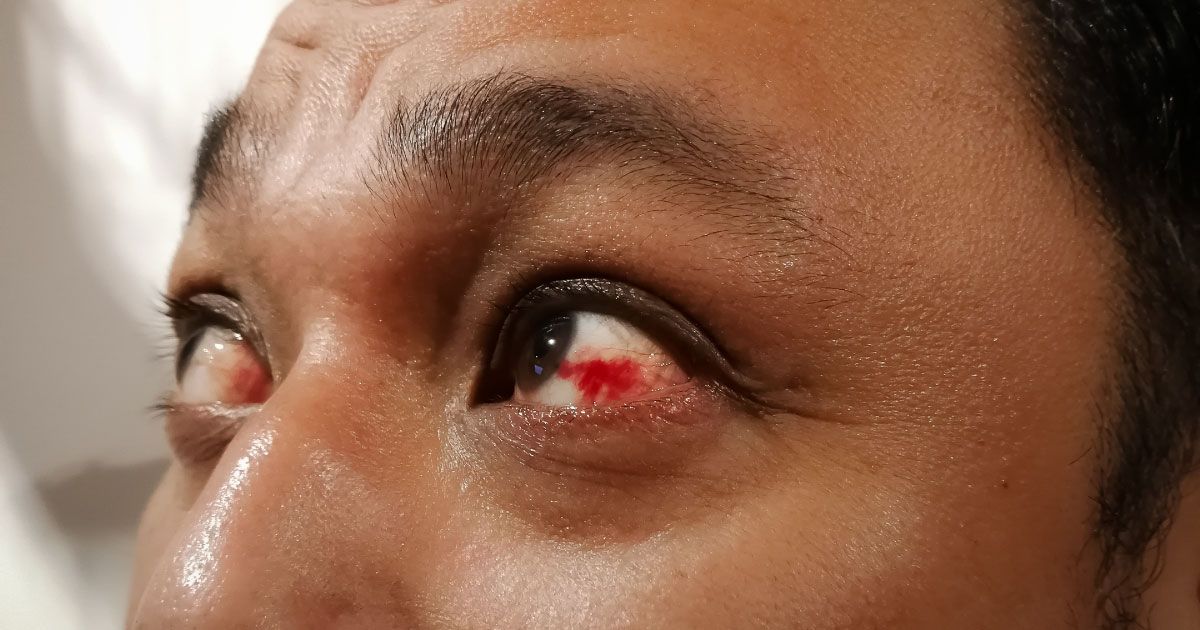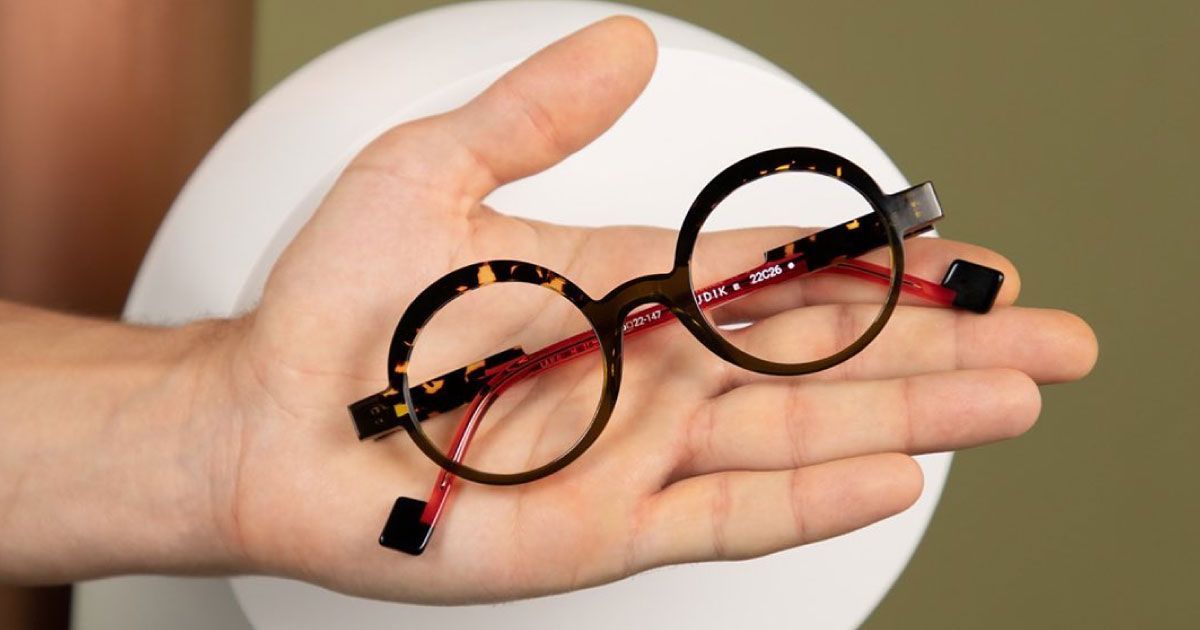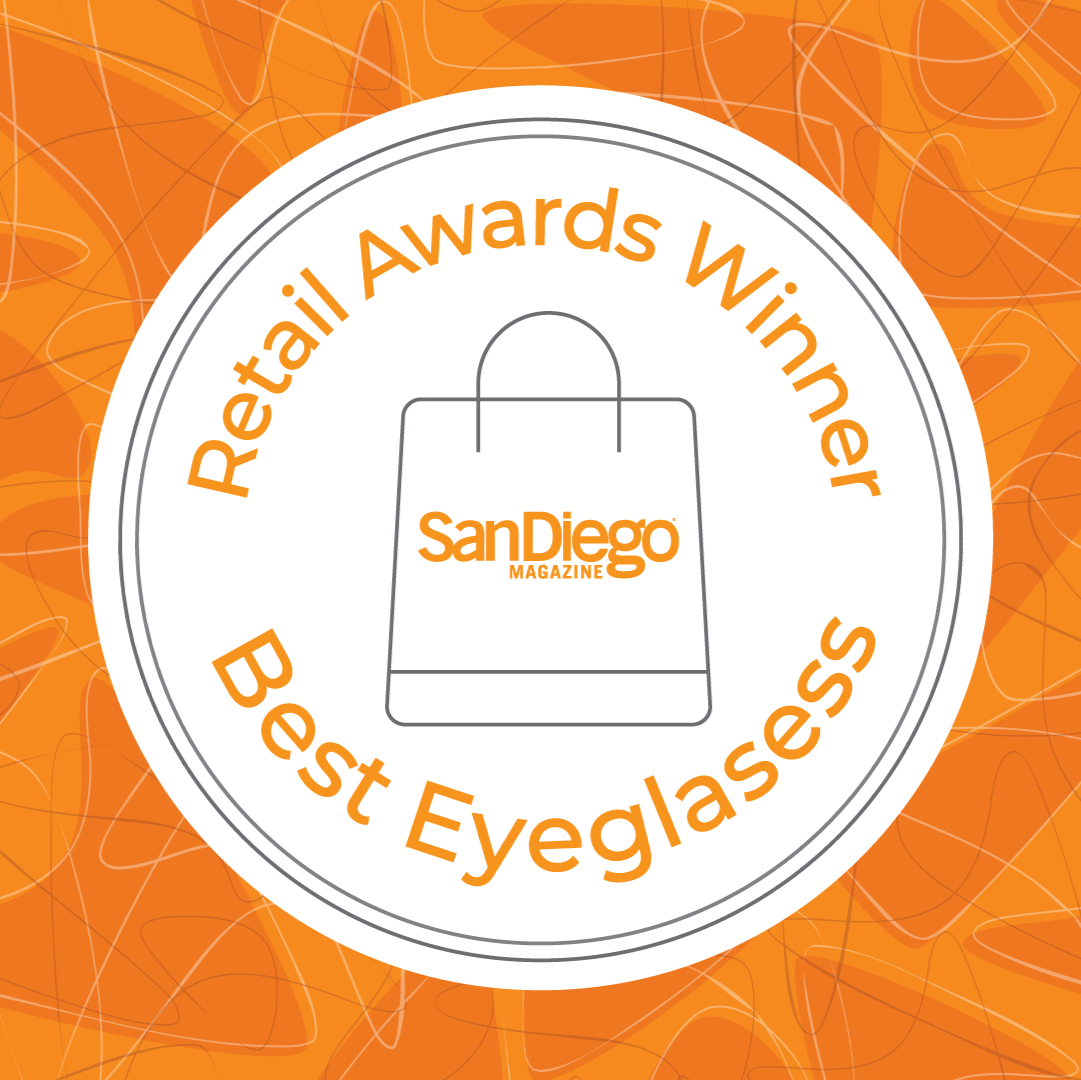The Role of Lutein and Zeaxanthin in Promoting Macular Health

Read time: 8 minutes
Did you know that antioxidants such as Lutein and Zeaxanthin can have a profound impact on macular health. In this blog post, we'll explore the pivotal role of lutein and zeaxanthin, two powerful antioxidants, in promoting the well-being of the macula – the central part of the retina responsible for sharp, detailed vision.
Understanding Lutein and Zeaxanthin
Lutein and zeaxanthin, classified as xanthophyll carotenoids, stand as antioxidant powerhouses within the realm of eye health. Their significance extends beyond providing vibrant colors to fruits and vegetables; they play a crucial role in safeguarding the delicate structures of the eyes.
These carotenoids are selectively concentrated in the macula, forming what is known as the macular pigment. This pigment acts as a natural shield against the potential harm caused by high-energy blue light. By absorbing and neutralizing blue light, lutein and zeaxanthin act as a built-in defense mechanism, reducing oxidative stress and minimizing the risk of cellular damage in the retina.
Optical Clarity and Visual Acuity
Beyond their protective role, lutein and zeaxanthin contribute to optical clarity and visual acuity. The presence of these carotenoids enhances contrast sensitivity, helping the eyes distinguish between objects and perceive details more sharply. This optical fine-tuning is particularly beneficial for tasks that demand precision and clarity, such as reading or recognizing facial expressions.
Notably, lutein and zeaxanthin are found in high concentrations in the retina, especially the macula and the fovea – the central region responsible for sharp, detailed vision. This targeted distribution underscores their specialized role in maintaining the integrity of the most critical visual areas.
Role in Blue Light Protection
In the era of digital screens and increased exposure to artificial lighting, the role of lutein and zeaxanthin in mitigating the potential harm caused by blue light has gained significant importance. These carotenoids serve as a natural defense against the cumulative effects of prolonged screen time, helping to preserve visual comfort and reduce the risk of digital eye strain. Learn more about the effects of blue light and how to protect your eyes in our recent blog.
Incorporation into Lipid Layers
Their lipid-soluble nature allows lutein and zeaxanthin to be seamlessly incorporated into the lipid layers of cell membranes in the retina. This integration enhances their stability and effectiveness, ensuring a sustained protective impact against oxidative stressors.
Understanding the multifaceted roles of lutein and zeaxanthin goes beyond recognizing them as antioxidants; it involves appreciating their dynamic contributions to the structural, optical, and protective aspects of ocular health. As we explore the dietary insights for optimizing their levels, we gain a deeper appreciation for the interconnected relationship between nutrition and the preservation of macular well-being.
Sources of Lutein and Zeaxanthin
Dark, leafy greens emerge as nutritional powerhouses, hosting abundant reserves of lutein and zeaxanthin. Spinach, kale, collard greens, and Swiss chard are stellar examples of these verdant treasures. The vibrant green hues are not just visually appealing; they signify the presence of these essential carotenoids, ready to enrich your diet and fortify your ocular defenses. Incorporating a variety of leafy greens into your meals, whether in salads, smoothies, or cooked dishes, provides a delicious and nutrient-packed strategy to elevate your lutein and zeaxanthin intake.
Egg yolks stand as a convenient and versatile source of both lutein and zeaxanthin. The golden richness of the yolk reflects the carotenoid content within, making eggs a readily available dietary option to support macular health. Whether enjoyed as part of a balanced breakfast, integrated into baking recipes, or included in savory dishes, eggs offer a versatile and accessible means to infuse your diet with these essential eye-loving compounds.
While dark, leafy greens take center stage, a spectrum of colorful vegetables contributes to a well-rounded diet rich in lutein and zeaxanthin. Broccoli, peas, Brussels sprouts, and corn boast notable amounts of these carotenoids, adding diversity and visual appeal to your plate.
By embracing a diverse palette of colorful vegetables, you not only elevate the taste and visual appeal of your meals but also provide your eyes with a comprehensive array of nutrients, including lutein and zeaxanthin.
Beyond the realm of culinary delights, marigold flowers harbor concentrated stores of lutein and zeaxanthin. Extracts from these vibrant blooms are utilized in some supplements, providing a botanical source of these carotenoids.
The Link Between Lutein, Zeaxanthin, and Macular Degeneration
Age-related macular degeneration (AMD) is a complex eye condition that poses a significant threat to central vision, particularly in older adults. Understanding the protective role of lutein and zeaxanthin against AMD provides a compelling incentive to incorporate these carotenoids into your daily diet.
Numerous studies suggest that a higher intake of lutein and zeaxanthin is associated with a reduced risk of developing AMD. The protective mechanisms lie in their ability to counteract oxidative stress within the macula. By neutralizing free radicals, these carotenoids contribute to maintaining the structural integrity of retinal cells and minimizing the progression of AMD.
Lutein and zeaxanthin are integral components of the macular pigment, and preserving its density is pivotal for ocular health. This pigment acts as a natural shield, absorbing and dissipating harmful blue light and preventing its penetration into the deeper layers of the retina. The cumulative impact of preserving macular pigment density is a tangible defense against the onset and progression of AMD.
Beyond AMD
While the focus often centers on AMD, the benefits of lutein and zeaxanthin extend to the overall well-being of the eyes. Their antioxidant prowess and role in supporting optical clarity make them valuable contributors to general ocular health, influencing everything from contrast sensitivity to visual acuity.
Lutein and Zeaxanthin in Supplements
While a balanced and diverse diet is the primary source of lutein and zeaxanthin, supplements can be a valuable adjunct, especially for individuals with specific dietary limitations or those seeking targeted support for macular health. Lutein and zeaxanthin supplements are formulated to deliver concentrated doses of these carotenoids, ensuring a consistent intake to support ocular well-being.
In many cases, lutein and zeaxanthin supplements are combined with other eye-supportive nutrients to create comprehensive formulas. These formulations often include vitamins C and E, zinc, and copper, each contributing unique benefits to the overall health of the eyes.
Research suggests that the synergistic effects of lutein and zeaxanthin with other nutrients contribute to their overall effectiveness. These synergies emphasize the interconnected nature of various nutrients in supporting ocular health and underscore the importance of a holistic approach.
Dietary Recommendations for Macular Health
- Diverse and Colorful Diet: Aim for a spectrum of colors on your plate, as the pigments responsible for the vibrant hues in fruits and vegetables often signify the presence of beneficial compounds, including lutein and zeaxanthin. Red peppers, corn, grapes, and oranges are examples of colorful additions that contribute to a visually appealing and nutrient-rich diet.
- Cooking Techniques: Optimize the bioavailability of lutein and zeaxanthin by employing cooking techniques that enhance their absorption. Steaming, sautéing with healthy fats, or incorporating these carotenoid-rich foods into recipes with a small amount of olive oil can support efficient absorption.
- Balance and Moderation: Maintaining a balanced and moderate approach to your diet is key. While lutein and zeaxanthin are essential, they are part of a broader nutritional landscape. Ensure that your overall diet includes a variety of nutrients necessary for comprehensive eye health and general well-being.
- Holistic Nutrient Intake: Recognize that the benefits of lutein and zeaxanthin extend beyond macular health. They contribute to the overall antioxidant defense system in the body, influencing cellular health and resilience. Embrace a holistic approach to nutrition that supports not only your eyes but your entire body.
- Hydration: Proper hydration is fundamental for ocular health. Staying well-hydrated supports the tear film on the surface of the eyes, promoting comfort and reducing the risk of dry eyes. Water, herbal teas, and hydrating foods like watermelon and cucumber can contribute to your daily fluid intake. Read more about the crucial connection between hydration and eye health in a recent blog.
Lifestyle Factors and Macular Health
- Avoid Smoking: Smoking poses a significant risk to ocular health, including an increased susceptibility to age-related macular degeneration (AMD). The harmful chemicals in tobacco smoke can compromise blood flow to the eyes and contribute to oxidative stress. Adopting a smoke-free lifestyle not only benefits your overall health but also plays a pivotal role in preserving macular health.
- UV Protection: Shielding your eyes from harmful ultraviolet (UV) radiation is a proactive measure for macular health. Prolonged exposure to UV rays is associated with an elevated risk of cataracts and AMD. Invest in quality sunglasses that provide UV protection, and consider wearing a wide-brimmed hat for additional coverage, especially during sunny days.
- Regular Exercise: Engaging in regular physical activity is not only beneficial for cardiovascular health but also contributes to optimal blood circulation, which supports ocular well-being. Exercise has been linked to a reduced risk of AMD and other eye conditions. Aim for a balanced exercise routine that includes both cardiovascular activities and strength training.
- Manage Stress: Chronic stress can have systemic effects, impacting overall health, including ocular health. Adopting stress management techniques, such as mindfulness, meditation, or yoga, can contribute to a more balanced and resilient physiological state, potentially benefiting macular health.
- Adequate Sleep: Quality sleep is essential for overall well-being, including ocular health. During sleep, the eyes undergo essential repair and regeneration processes. Establishing consistent sleep patterns and ensuring adequate sleep duration supports the maintenance of healthy eyes.
- Regular Eye Examinations: Scheduling regular eye examinations with your Urban Optiks eyecare professionals is a cornerstone of proactive macular health. These comprehensive check-ups enable the early detection of potential issues, allowing for timely intervention and personalized guidance on maintaining macular well-being.
- Nutrition and Supplements: Integrate dietary recommendations, as discussed in previous sections, into your lifestyle. Beyond food choices, consider the inclusion of supplements. The synergy between a nutrient-rich diet, supplements, and a healthy lifestyle amplifies the collective impact on macular health.
The Takeaway
By embracing these lifestyle factors, you create a comprehensive framework for nurturing your eyes from multiple angles. The interplay between a smoke-free lifestyle, UV protection, regular exercise, stress management, quality sleep, and personalized eyecare contributes to a holistic strategy for maintaining vibrant macular health.
Remember that the journey to optimal macular health is dynamic. Regular communication with your Urban Optiks Optometry eyecare professionals ensures that your approach remains tailored to your individual needs and evolves in tandem with advancements in ocular health research and personalized care.
Share this blog post on social or with a friend:
The information provided in this article is intended for general knowledge and educational purposes only and should not be construed as medical advice. It is strongly recommended to consult with an eye care professional for personalized recommendations and guidance regarding your individual needs and eye health concerns.
All of Urban Optiks Optometry's blog posts and articles contain information carefully curated from openly sourced materials available in the public domain. We strive to ensure the accuracy and relevance of the information provided. For a comprehensive understanding of our practices and to read our full disclosure statement, please click here.


















